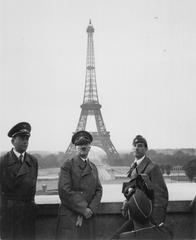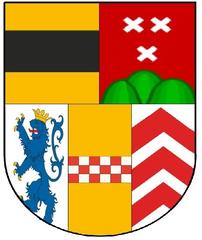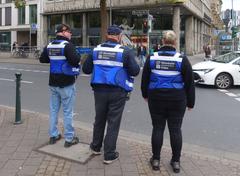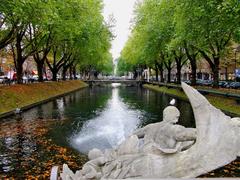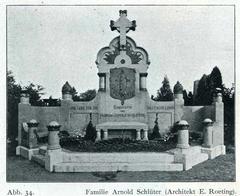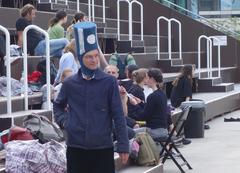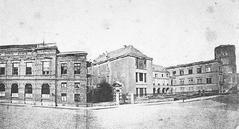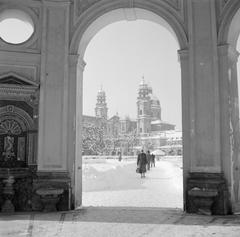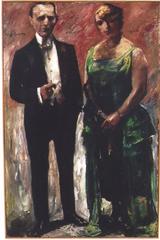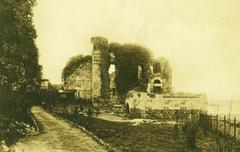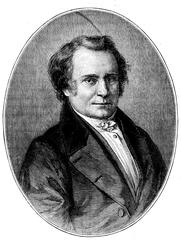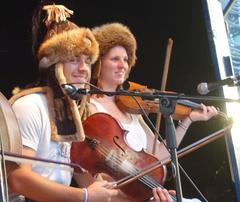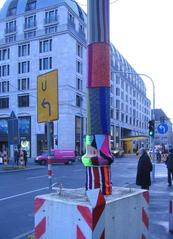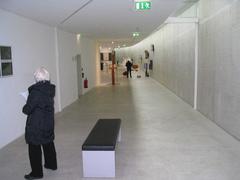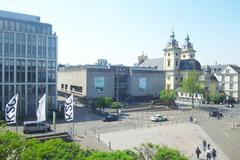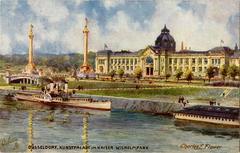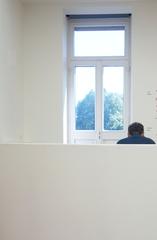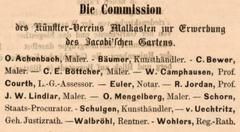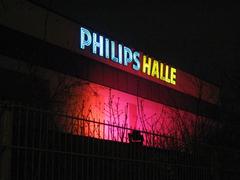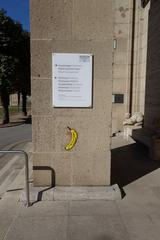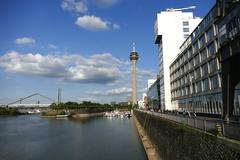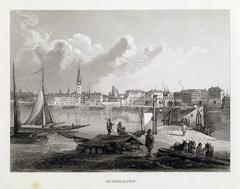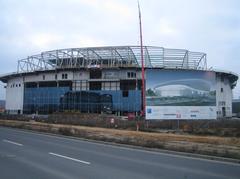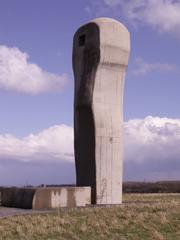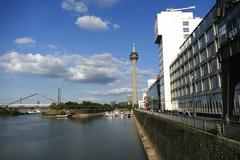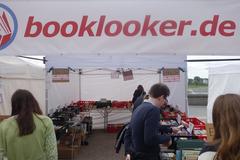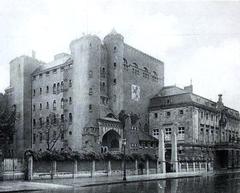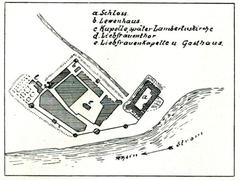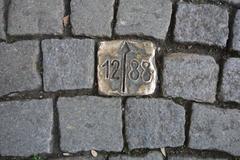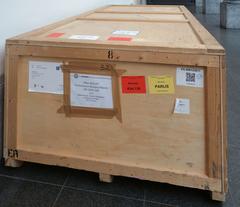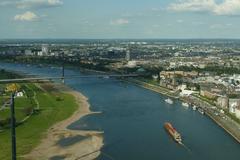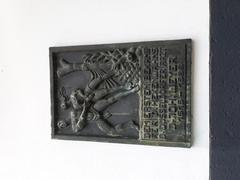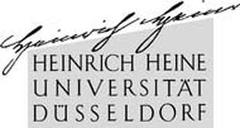
Church of St. Andrew (St. Andreas) Düsseldorf: Visiting Hours, Tickets, and Historical Information
Date: 04/07/2025
Introduction
The Church of St. Andrew (St. Andreas) in Düsseldorf, nestled in the heart of the city’s historic Altstadt, is a striking example of early Baroque architecture and a vital testament to the region’s religious and cultural legacy. Built between 1622 and 1629 by the Jesuits during the Catholic Counter-Reformation, the church was both a center for Jesuit ministry and the court church of the Counts Palatine of Neuburg. Today, it stands as a vibrant spiritual, artistic, and community hub under the Dominican Order, offering free admission, wheelchair accessibility, and rich visitor experiences. This comprehensive guide covers the church’s history, architecture, visiting hours, ticketing, accessibility, travel tips, and more (Spotting History, Visit Düsseldorf, Düsseldorf Festival).
Table of Contents
- Introduction
- Historical Overview
- Visitor Information
- Artistic Highlights
- Notable Historical Events
- Frequently Asked Questions (FAQs)
- Practical Tips
- Conclusion
- References
Historical Overview
Origins and Foundation
St. Andrew’s Church was constructed between 1622 and 1629, a period marked by the Catholic Counter-Reformation. It was established by the Jesuit order, who were invited by the ruling Wittelsbach family to reinforce Catholic doctrine in a region contested by Protestant and Catholic interests. The church quickly became a focal point for religious education, worship, and princely representation, serving concurrently as a Jesuit church and the court church for the Counts Palatine of Neuburg (Spotting History).
Architectural Features and Restoration
St. Andreas is celebrated for its dynamic South German Baroque design. The structure comprises a single nave with side chapels, a high vaulted ceiling, and a grand façade. The interior is adorned with intricate stucco by Johannes Kuhn, life-size sculptures of apostles and Jesuit saints, and an Italianate mausoleum by Simone del Sarto housing the tombs of Electors Palatine, including Johann Wilhelm II.
During World War II, the church suffered considerable damage, notably the destruction of its high altar. In 1960, a modern altar by Ewald Mataré was installed, symbolizing both resilience and artistic renewal. Paintings by Ernst Deger on the Marian side altars further enrich its artistic legacy (Spotting History).
Religious and Cultural Significance
St. Andrew’s was a major center of Jesuit activity, hosting educational programs, elaborate liturgies, and sacred music—especially under organist Johann Hugo von Wilderer in the 17th and 18th centuries. Its role as court church linked it to major dynastic events, while its mausoleum remains a testament to the close ties between church and nobility.
Transformations and Modern Use
After the suppression of the Jesuit order in 1773, St. Andreas became a parish church and, since 2005, has been operated by the Dominican Order. Today, it remains an active monastery church, owned and preserved by the city of Düsseldorf, and recognized as a protected historic monument.
Visitor Information
Visiting Hours
- Monday to Saturday: 10:00 AM – 6:00 PM
- Sundays and Public Holidays: 12:00 PM – 6:00 PM
Note: Hours may change due to services or special events. Always check the official tourism website or Düsseldorf Festival for updates.
Tickets and Entry Fees
- Admission: Free of charge
- Donations: Welcome and support preservation efforts
Accessibility
- Wheelchair Access: Ramps at the main entrance; assistance available upon request
- Barrier-Free Facilities: The church is fully accessible for visitors with mobility needs
Guided Tours
- Guided Tours: Available upon request via the tourist office or directly at the church; group and individual tours possible
- Audio Guides: Offered in multiple languages; check for availability
Location and Transportation
- Address: Andreasstraße 5 or 27, 40213 Düsseldorf
- Public Transport: U70, U79, U83 trams; bus lines 701, 705, 706, 780, 782, 785 (Heinrich-Heine-Allee stop)
- Parking: Nearby garages include K21, Grabbeplatz, Kunsthalle Düsseldorf, Mutter-Ey-Straße
Nearby Attractions
- Düsseldorf Altstadt (Old Town): Lively district with historic streets, breweries, and cultural venues
- Kunstsammlung Nordrhein-Westfalen (K20): Major art museum nearby
- Rhine Promenade: Scenic walking paths along the river
- Other Churches: St. Lambertus, among others
Photography and Special Events
- Photography: Permitted for personal use; no flash or tripods during services/events
- Concerts and Ceremonies: The church hosts organ concerts, choral performances, and community events, especially during Christmas and the Düsseldorf Festival
Artistic Highlights
- Baroque Stucco by Johannes Kuhn: Elaborate, flowing ornamentation
- Apostles and Jesuit Saints: Life-size sculptures along the nave
- Mausoleum of the Electors Palatine: Italianate funerary chapel with princely tombs
- Paintings by Ernst Deger: 19th-century Marian altar artworks
- Postwar Altar by Ewald Mataré: Modernist addition reflecting renewal
Notable Historical Events
- 1622–1629: Construction as a Jesuit and court church
- Late 17th–Early 18th Centuries: Center for sacred music under Johann Hugo von Wilderer
- 1773: Suppression of Jesuits; transition to parish church
- World War II: Bombing damage, especially to the high altar
- 1960: Installation of Mataré’s modern altar
- 2005: Entrusted to the Dominican Order
Frequently Asked Questions (FAQs)
Q: What are the visiting hours of St. Andrew’s Church Düsseldorf?
A: Monday to Saturday: 10:00 AM – 6:00 PM; Sunday and public holidays: 12:00 PM – 6:00 PM.
Q: Is there an entry fee?
A: No, admission is free. Donations are encouraged.
Q: Are guided tours available?
A: Yes, by appointment through tourist services or the church office.
Q: Is the church wheelchair accessible?
A: Yes, with ramps and assistance available.
Q: Can I take photos inside the church?
A: Yes, but avoid flash and tripods during religious services.
Practical Tips
- Dress Modestly: Shoulders and knees covered, especially for services
- Language: Most signage is in German; inquire about English tours if needed
- Combine Your Visit: The Altstadt offers many attractions, shops, and cafés nearby
- Check Event Schedules: Concerts and liturgical events add to the visitor experience
Conclusion
The Church of St. Andrew stands as a beacon of Baroque artistry and enduring faith in Düsseldorf’s historic core. Its layered history—from Jesuit stronghold and princely court church to a modern spiritual and cultural center—makes it a must-see for visitors seeking to experience the city’s rich heritage. With free entry, accessible facilities, and a wealth of artistic and historical treasures, St. Andreas invites travelers, art enthusiasts, and spiritual seekers alike to explore its grandeur. For current information, guided tour options, and event schedules, consult official resources and enhance your visit with the Audiala app’s audio guides. Discover why St. Andrew’s Church remains an essential gem among Düsseldorf’s many historical sites (Spotting History, Visit Düsseldorf, Düsseldorf Festival).
















